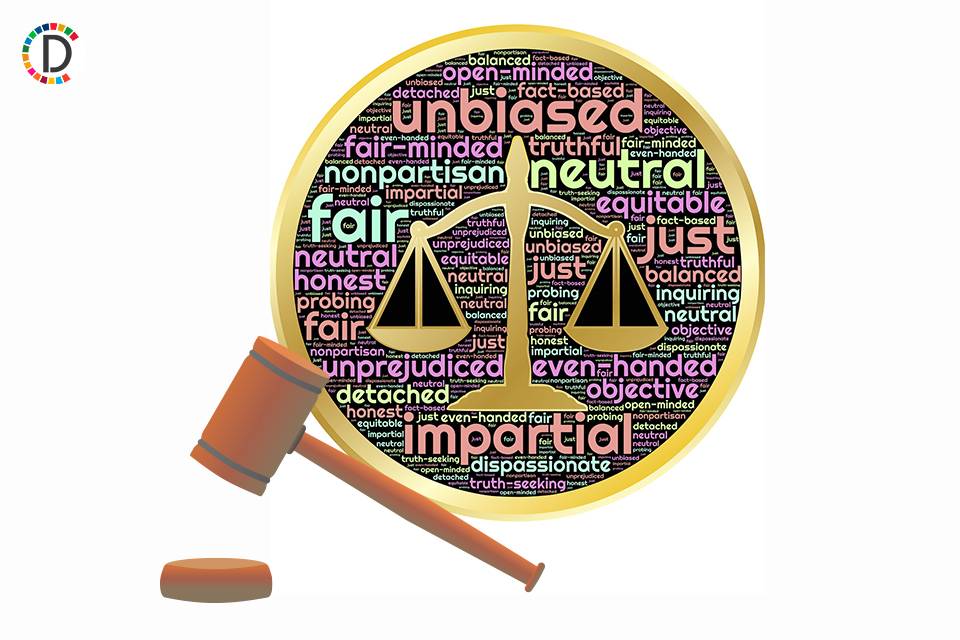
Cyberbullying in the workplace is an issue organizations can no longer afford to ignore. Whether it happens on the clock or outside of work hours, targeted online harassment between co-workers is unacceptable and can have significant consequences for workplace culture, employee well-being and legal liability. Read this article for free: Already have an account? To continue reading, please subscribe: * Cyberbullying in the workplace is an issue organizations can no longer afford to ignore.
Whether it happens on the clock or outside of work hours, targeted online harassment between co-workers is unacceptable and can have significant consequences for workplace culture, employee well-being and legal liability. Read unlimited articles for free today: Already have an account? Opinion Cyberbullying in the workplace is an issue organizations can no longer afford to ignore. Whether it happens on the clock or outside of work hours, targeted online harassment between co-workers is unacceptable and can have significant consequences for workplace culture, employee well-being and legal liability.

With the rise of digital communication, the lines between personal and professional lives have blurred, making it even more critical for organizations to address cyberbullying head-on. At its core, cyberbullying between colleagues involves the use of digital platforms — such as social media, messaging apps or email — to intimidate, humiliate or undermine a co-worker. Unlike traditional workplace conflicts, cyberbullying extends beyond office walls and work hours, allowing harmful behaviour to persist unchecked.
Employers must take a proactive stance against cyberbullying in the workplace. (Freepik) Employees who experience cyberbullying often suffer from increased stress, reduced job performance and even physical health consequences. Left unaddressed, this toxic behavior erodes trust and creates a hostile work environment.
Cyberbullying can take many forms, including spreading false rumors online, posting embarrassing or offensive content about a colleague, sending threatening messages or intentionally excluding someone from work-related discussions on digital platforms. These actions, while virtual, have real-world implications that can disrupt workplace harmony and even result in legal consequences for employers if they fail to act. Managers play a crucial role in addressing cyberbullying when it arises.
It is their responsibility to take complaints seriously, conduct thorough investigations and implement corrective measures. When an employee reports cyberbullying, managers should: Act swiftly and objectively — Ignoring or downplaying an issue can exacerbate the problem and contribute to a toxic workplace. Prompt investigation and action signal the organization values a respectful culture.
Investigations should be impartial, gathering all relevant evidence before taking action. Maintain confidentiality — Employees must feel safe coming forward. Mishandling sensitive information can deter future reporting and create fear of retaliation.
Confidentiality, as much as possible, should be maintained to protect both the accuser and accused until the issue is resolved. Enforce policies consistently — If policies against harassment and cyberbullying exist, they should be applied uniformly. Disciplinary action should reflect the severity of the offence, whether it be a warning, suspension or termination.
Unequal enforcement of policies can lead to further workplace dissatisfaction and legal risk. Encourage open communication — Workplaces that foster open dialogue about acceptable online behaviour experience fewer incidents of cyberbullying. Managers should set clear expectations around digital conduct and ensure employees feel comfortable discussing concerns before they escalate.
Support affected employees — Offering mediation, community counselling resources or job accommodations can help victims recover from workplace harassment and ensure they feel supported. Creating an inclusive and supportive environment can prevent further issues and reinforce the company’s commitment to employee well-being. Beyond individual responses, organizations should implement a comprehensive digital conduct policy that provides employees with clear guidelines on digital behaviour.
A well-structured policy should include: Expectations for online conduct — Employees should understand respect and professionalism extend to digital spaces. Online interactions with colleagues should reflect the same level of decorum expected in the office. Harassment, discrimination or derogatory comments — even on personal accounts — can still impact the workplace and must be addressed.
Clarification on personal v. professional use — While employees have a right to personal expression, they must also be mindful of how their online actions may impact their employer and co-workers. Employers should clarify any work-related discussions on public forums should be conducted professionally and personal social media use should never involve harassing or demeaning colleagues.
Reporting mechanisms — Clear, accessible reporting procedures should be in place so employees know where to turn if they experience cyberbullying. Reports should be taken seriously, investigated promptly and addressed with appropriate action to ensure employees feel their concerns are being heard. Consequences for violations — The policy should outline potential disciplinary actions for engaging in cyberbullying, reinforcing that harmful online behaviour will not be tolerated.
These consequences should be clearly stated to deter inappropriate behaviour and ensure accountability. Training and awareness programs — Many employees may not fully understand what constitutes cyberbullying or the impact their online behaviour can have. Organizations could provide training on appropriate digital conduct and reinforce policies regularly to create a culture of respect and accountability.
A workplace free from cyberbullying fosters collaboration, trust and employee satisfaction. Organizations that prioritize respectful online conduct and enforce clear policies create a culture where employees feel safe, valued and empowered to do their best work. Employees who feel respected and secure in their workplace are more engaged, productive and likely to remain with the organization long-term.
Failing to address cyberbullying can lead to high turnover rates, increased absenteeism and decreased morale. In extreme cases, organizations that ignore or mishandle cyberbullying complaints could face legal consequences if the harassment results in discrimination claims or violates workplace harassment laws. Beyond the legal risks, the reputational damage from a toxic workplace culture can impact an organization’s ability to attract and retain top talent.
As digital communication continues to evolve, so must workplace policies to ensure respect and professionalism remain uncompromised — whether in the office or online. Employers must take a proactive stance by: — Regularly reviewing and updating workplace policies to address new forms of digital communication; Weekday Mornings A quick glance at the news for the upcoming day. — Encouraging employees to speak up if they experience or witness cyberbullying; — Providing training and educational resources on respectful online interactions; — And holding all employees, regardless of seniority, accountable for their online behaviour.
By fostering a workplace culture built on respect, accountability and open communication, organizations can prevent cyberbullying before it becomes a pervasive issue. It’s time to recognize just because something happens online doesn’t mean it stays there — the effects of workplace cyberbullying ripple through an organization, impacting morale, productivity and overall success. Tory McNally, CPHR, BSc.
, vice-president, HR consulting, is a human resource professional, radio personality, speaker and problem solver. She can be reached at [email protected] Advertisement Advertisement.















